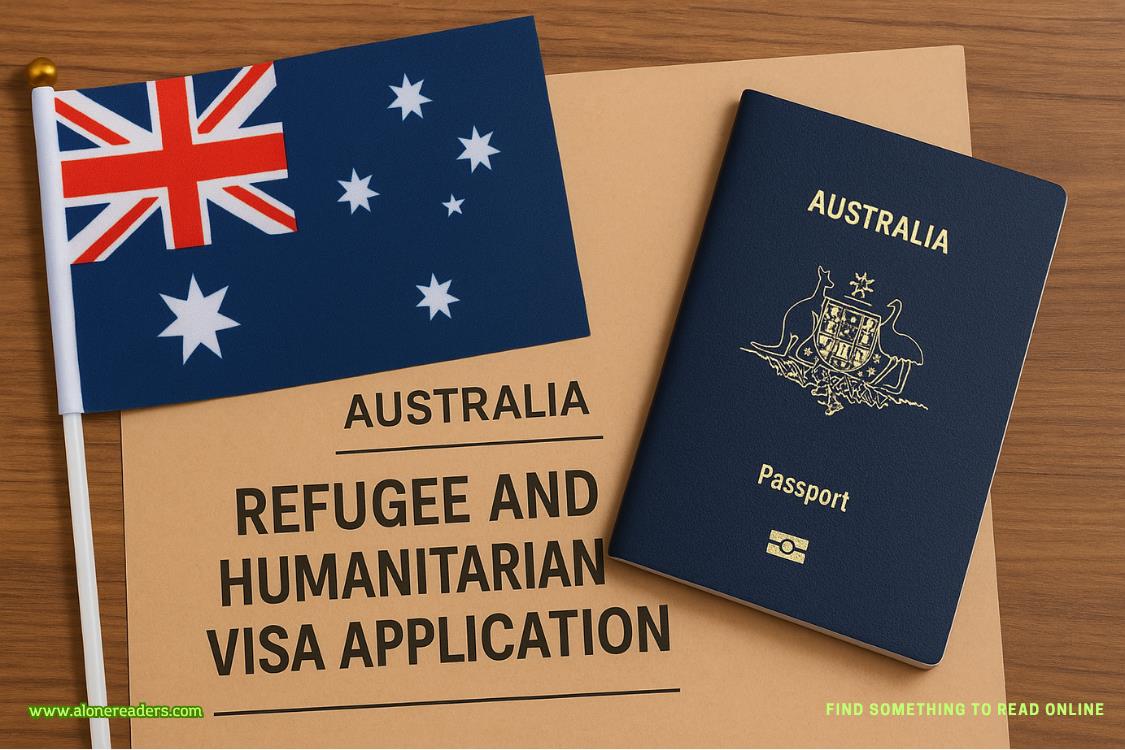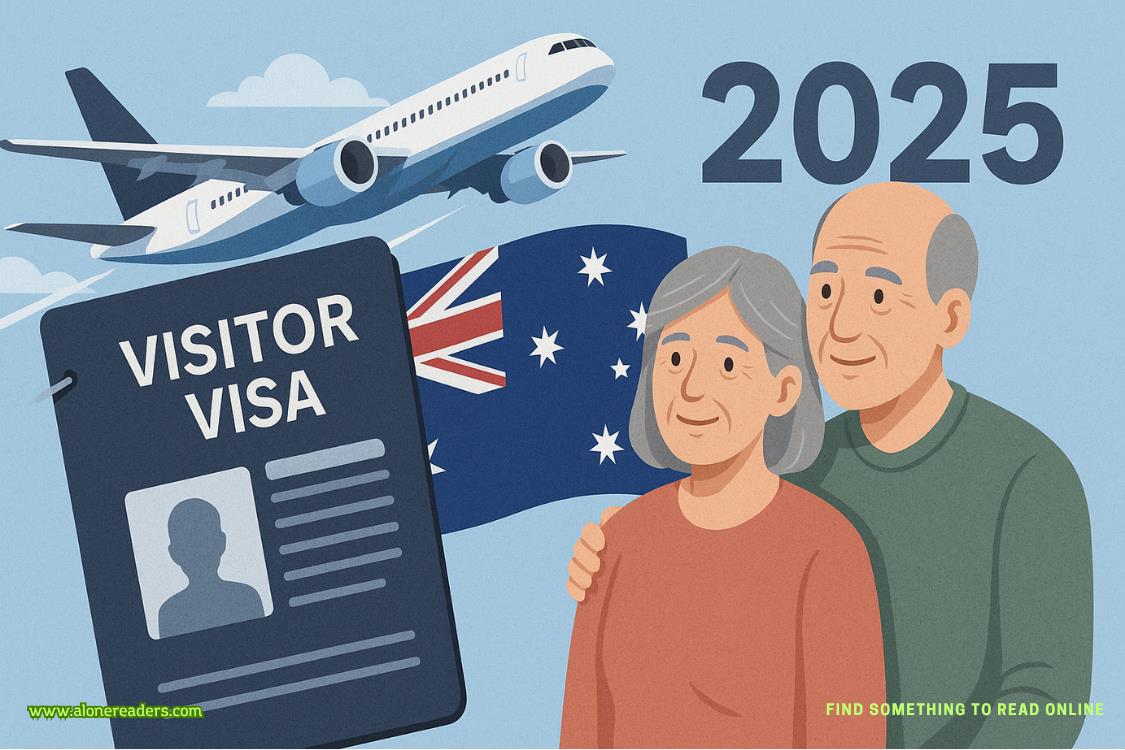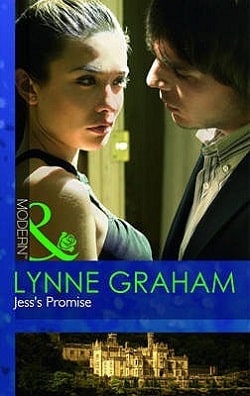“There was so much going on.”
“I’m sure there was,” I say, almost as if trying to be helpful.
Salzman swallows. I see a light sheen of sweat forming over his bald head.
“They told me to focus on the bodies,” he says. He pauses,and looks over to Katherine Welsh, as if looking to her for help. But none is forthcoming. Her witness is on his own. “There was so much blood,” he says in a small voice.
“Totally understand,” I say. “I’m a former cop, and have seen bad things, too. But just for the sake of this conversation, about this particular crime scene, let me ask you this: If you were looking to manipulate a murder scene, wouldn’t you sprinkle DNA, almost like pixie dust,onlyin the immediate vicinity of the bodies?”
“Objection,” Welsh says. “Ms. Smith once again leading a witness into a familiar fever dream.”
“Overruled,” Horton says, surprising both Katherine Welsh and me. “I’ll allow it.”
“I mean,” Steve Salzman says, “I guess it’s possible, if you look at it that way.”
“And the best kind of DNA evidence, as I understand it, is the kind that shows hardly any indication of deterioration, which you’ve already testified yours didn’t,” I say, trying to sound smarter about science than I really am. “I mean, as opposed to more organic material.”
“Again,” Salzman says, almost reluctantly, “if that’s your hypothesis, I guess so, yes.”
“Youguess?” I say. “Mr. Salzman, that’s exactly how Cooper framed Bruce Willis inRed!”
The sound of Judge Horton’s gavel and Katherine Welsh’s objection fill the courtroom at almost the exact same moment.
“The next time I am forced to warn you about asides like that, Ms. Smith,” Horton says, “I will hold you in contempt.”
I nod, walk back toward Salzman one last time, as if Horton has just sent me to my room.
“So you didn’t sweep all the rooms of the house, and youonlyfound evidence near the bodies,” I say.
“No,” he says. “Or maybe I should say yes.”
“No further questions for this witness,” I say.
Katherine Welsh is already out of her chair and walking toward the guy who’d been her witness and turned out to be mine instead, looking to clean up the mess this tech just made, because sometimes that’s all you can do, no matter which side of the aisle you’re on.
As I pass her, I whisper, “That guy did frame Bruce.Big time.”
ONE HUNDRED NINE
I CALL MY NEXT witness, a retired police captain who is, next to Jimmy Cunniff, the smartest and best cop I’ve ever known. A friend of my father’s when we lived in Patchogue, he now runs a private security firm in Manorville and has helped me out on other trials.
John Kyle looks younger than I know he is, more like an army general than a retired cop. Tall, bald, cobalt-blue eyes, ramrod perfect posture, even sitting down. Even in civilian clothes, he somehow seems to be in uniform. I half expect the members of the jury to sit up a little straighter once he’s been sworn in.
Addressing him as Captain Kyle, I lead him into a brief history of his career. Then I get right to it, having already asked the clerk to put up the time-stamped photograph that Katherine Welsh has long since introduced into evidence, the one of Rob Jacobson walking down the Carsons’ street the night of the murders.
“Captain Kyle,” I say, “in your professional opinion, should the jury automatically assume that this photograph was actually taken on the night in question?”
“Couldit have been?” he says. “Certainly. But that hardly means it’s conclusive that it was.”
“Please explain, sir.”
Kyle says, “There are multiple photo editing programs nowavailable for digital pictures. Anybody has the ability to add them to their computers and devices. If you want a picture to appear to have been taken on a specific time and day, you could theoretically use any picture from your own files, change it by zooming in a little closer on it, then save it in its new form.”
“So this new picture could have been created—I put quotes around ‘created’—to show the desired date and time. In this case, the date and time shown on our screen?”
I walk over to the time stamp, which I asked the clerk in advance to highlight.
“If you had the phone used to take the picture,” Captain Kyle continues, “you could set it in a savvy way that wouldn’t be obvious but would stand up to even intense forensic examination.”















